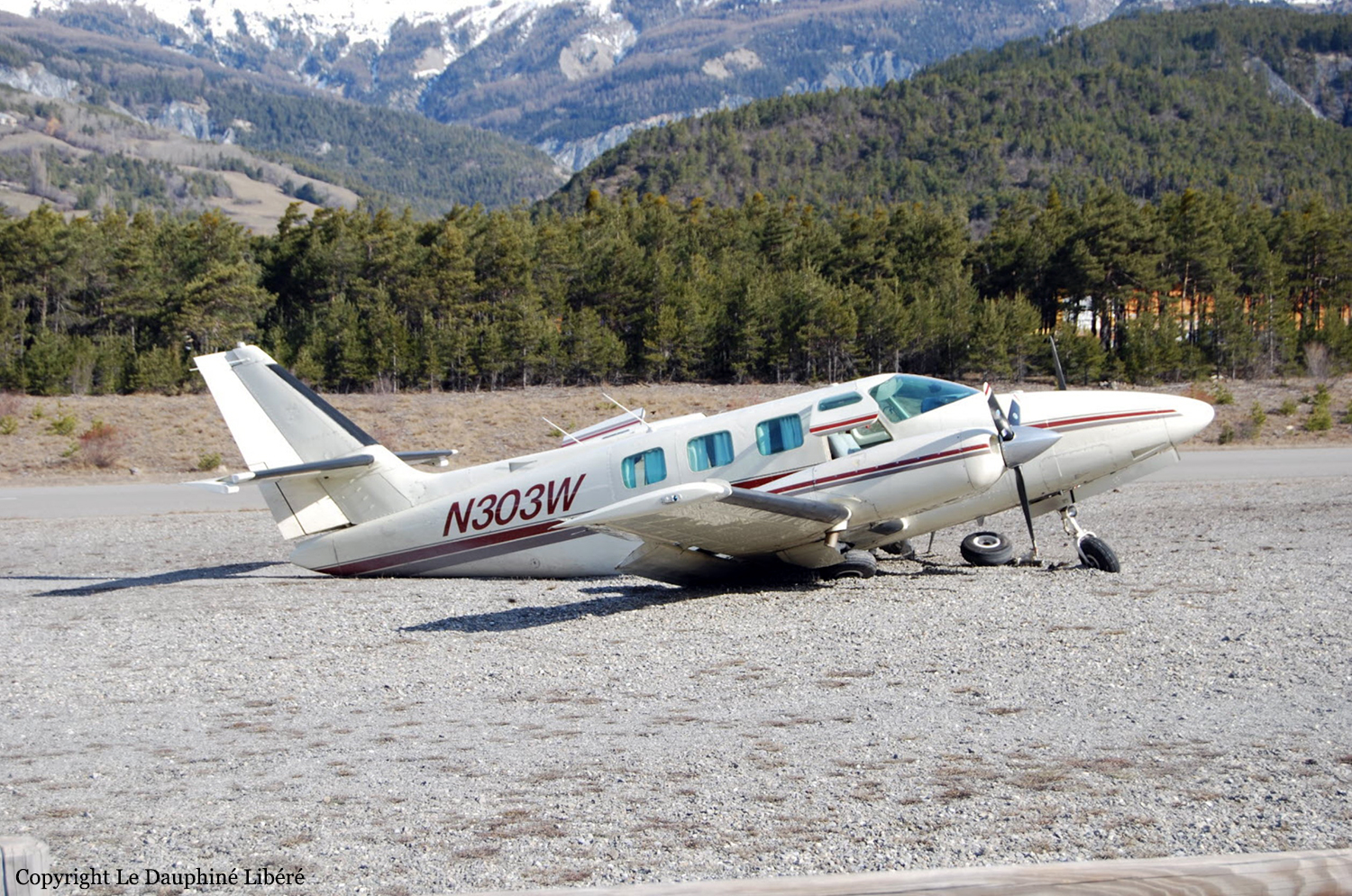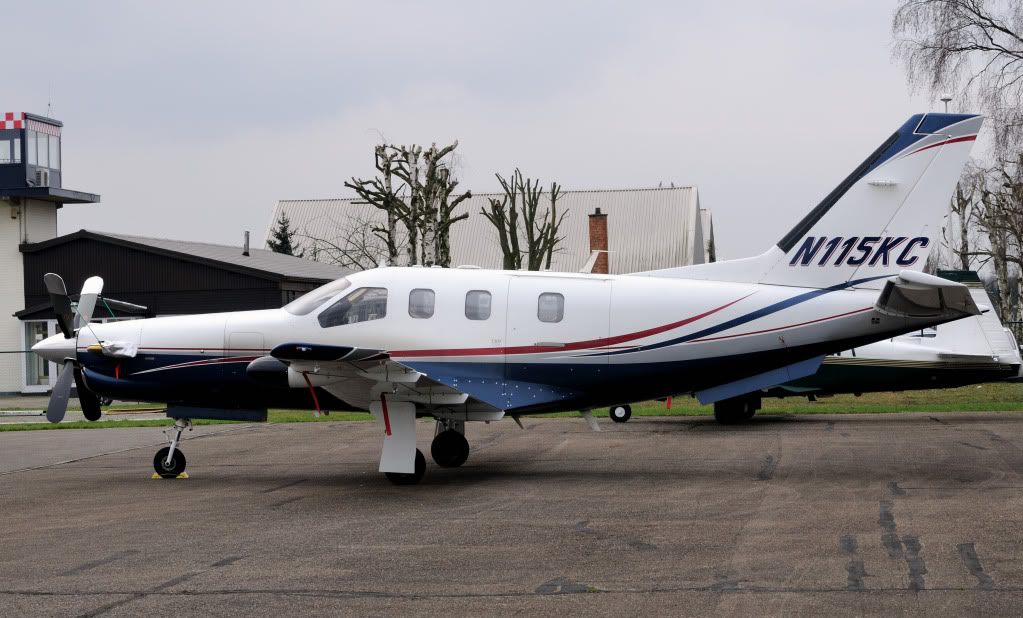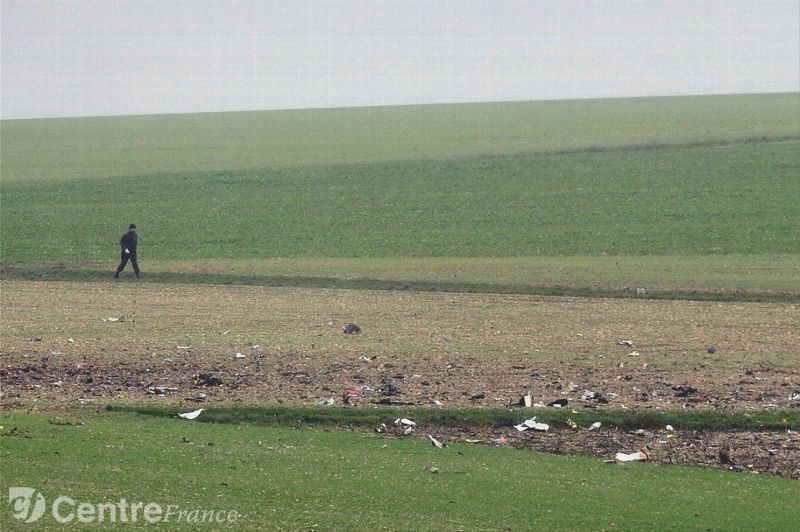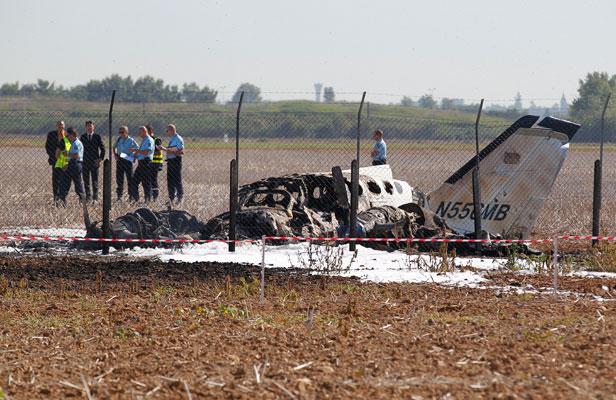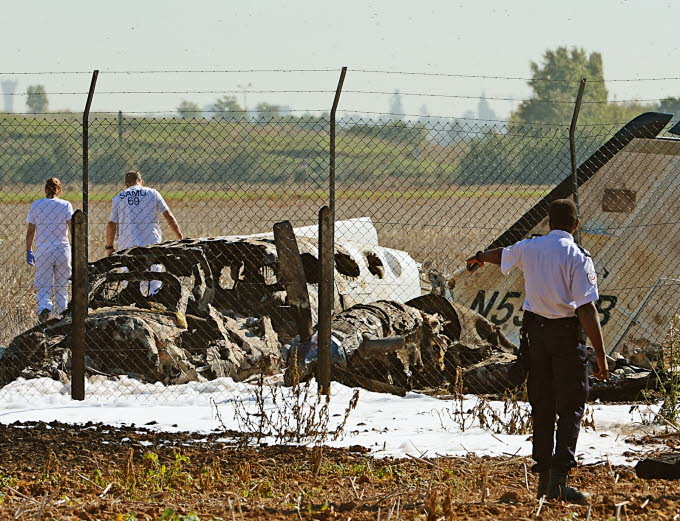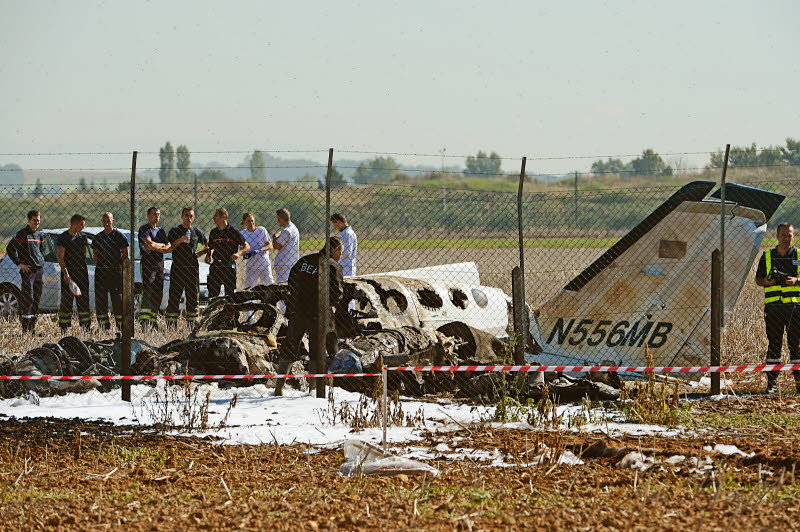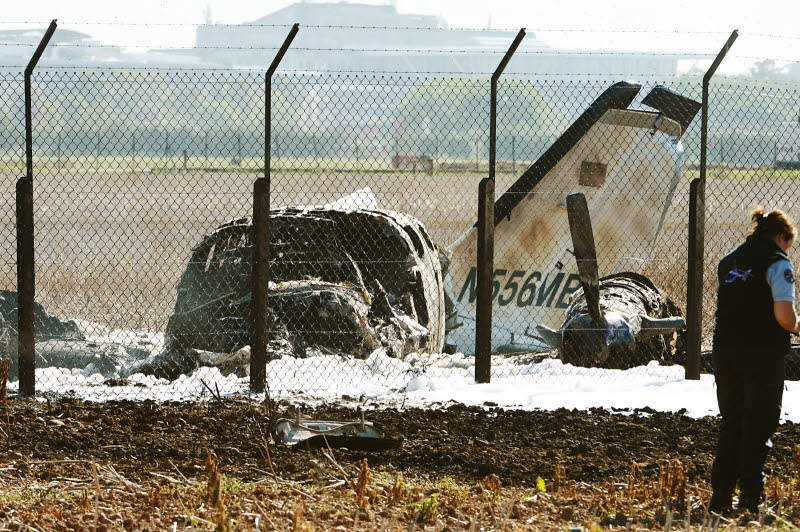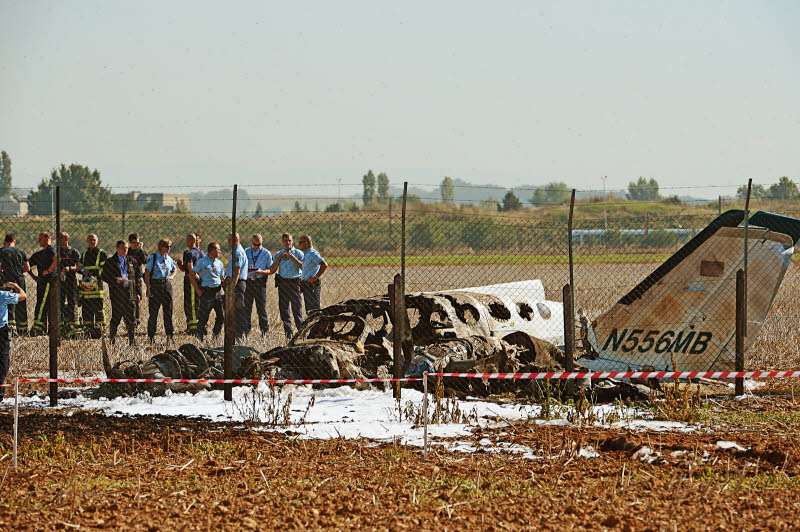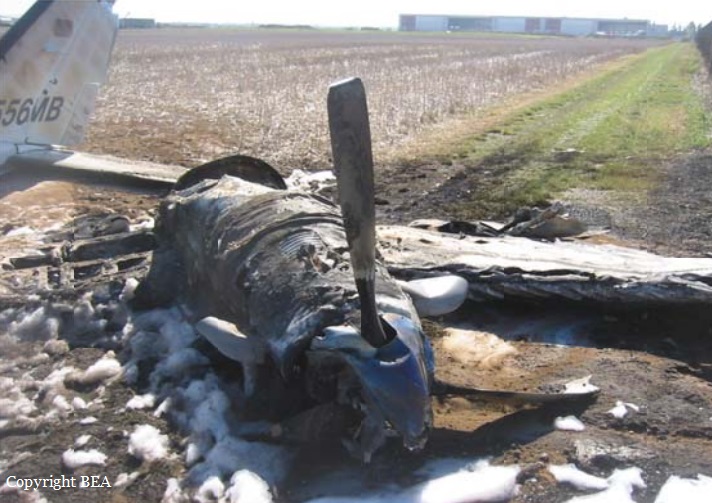Crash of a Cessna T303 Crusader in Barcelonnette
Date & Time:
Mar 15, 2014 at 0945 LT
Registration:
N303W
Survivors:
Yes
Schedule:
Cannes – Barcelonnette
MSN:
303-00227
YOM:
1983
Crew on board:
1
Crew fatalities:
Pax on board:
4
Pax fatalities:
Other fatalities:
Total fatalities:
0
Captain / Total hours on type:
280.00
Circumstances:
Following an uneventful flight from Cannes-Mandelieu Airport, the pilot initiated the approach to Barcelonnette-Saint-Pons Airport Runway 27. Following an unstabilized approach, the aircraft landed hard, causing the left main gear to collapse. The aircraft veered off runway to the left, lost its right main gear and came to rest. There was no fire. All five occupants escaped uninjured and the aircraft was damaged beyond repair.
Probable cause:
The accident was the consequence of the decision of the pilot to continue an unstabilized approach, resulting in a hard landing and the rupture of the left main gear upon touchdown.
Final Report:

